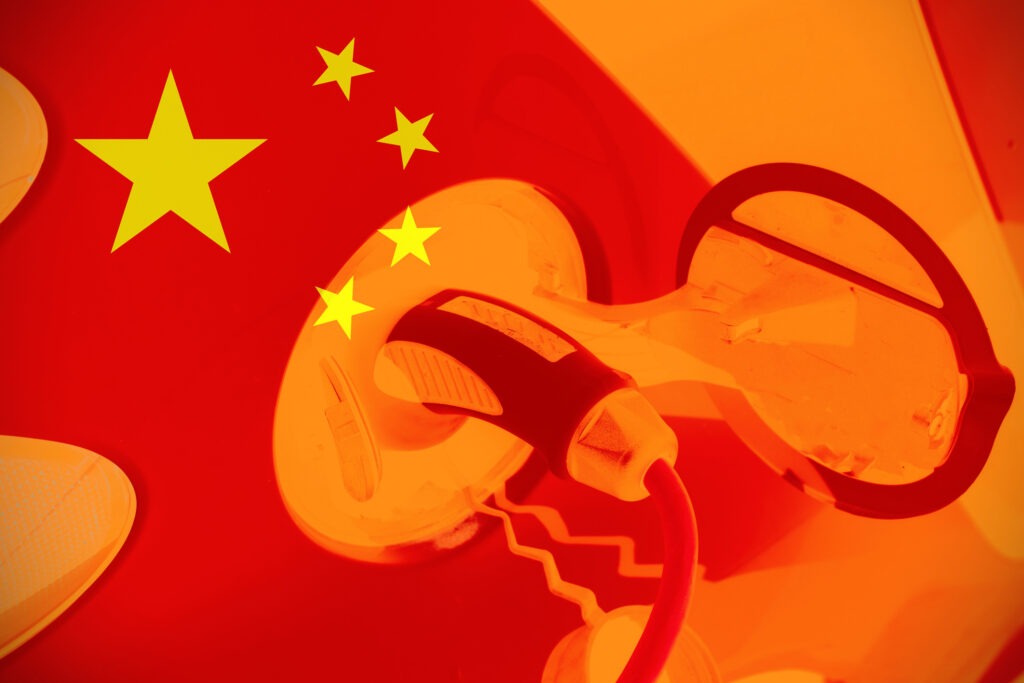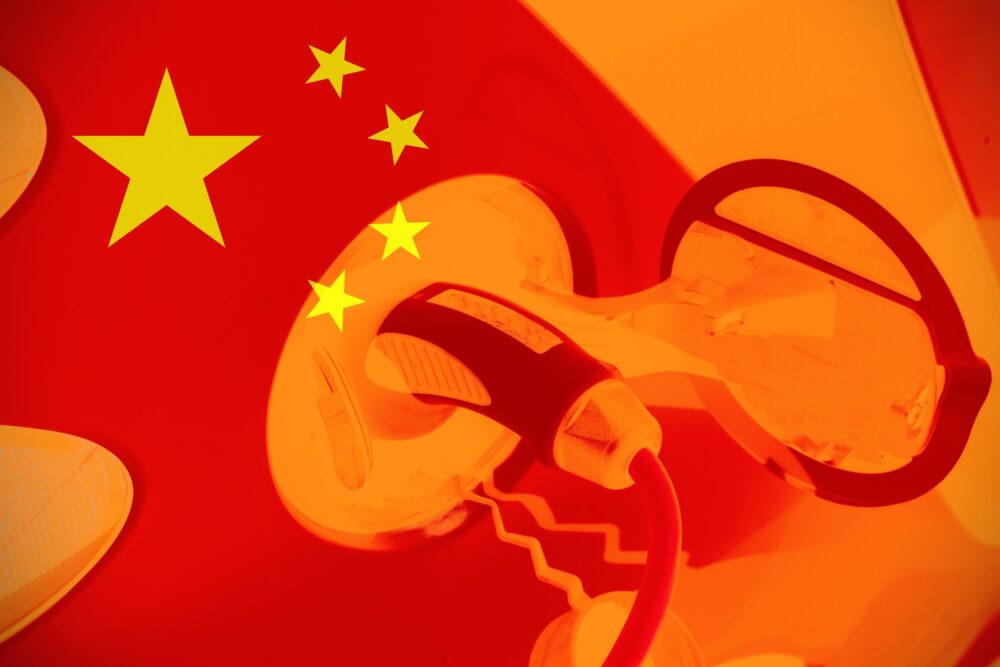13 August 2024

BYD once again dominated the Chinese electric vehicle (EV) market, while some brands struggled in June. José Pontes, data director at EV Volumes, explores the figures with Autovista24 journalist Tom Hooker.
BYD was once again the best-selling EV brand in China, claiming a 30.8% market share between January and June. The carmaker grew its lead after making up 29.7% of plug-in registrations in May. With second place 24 percentage points (pp) behind, there is no sign of this domestic dominance coming to an end.
BYD was also the best-selling new-car brand in the overall market in June. The carmaker recorded registration growth of 20% compared with the same month in 2023.
Tesla came second, accounting for 6.8% of plug-in deliveries, up 0.2pp. The marque is now comfortable in the runner-up spot. More recently however, Reuters reported that the brand is performing a remote recall in China. A total of 1.7 million vehicles will be subject to an over-the-air software update. This affected the Chinese-built Model Y and Model 3, as well as the imported Model S and Model X.
Legacy brands absent
Tesla was the only non-domestic brand in China’s EV top five, with legacy carmakers absent. This contrasts with the presence of Volkswagen (VW), Toyota and Honda in the overall new-car-market top five. However, these three brands saw deliveries drop 18%, 15% and 39% respectively in June.
Honda is planning to start production at two new EV plants in China later this year, according to Reuters. These will be run through two joint ventures with Chinese automakers. The Japanese marque suffered a Chinese new-car market decline of 23% in the first half of the year, compared to a global sales increase of 2%.
Some legacy OEMs, such as Mercedes-Benz, are hoping that self-driving technology can give them an advantage over competitors in China. The German brand recently acquired approval for SAE Level 4 automated driving testing on Beijing’s highways and urban roads.
Li Auto leaps forward
Li Auto was the third most popular EV brand in China in the first half of 2024. It jumped three positions, helped by the popularity of its new L6 model. The carmaker’s share hit 4.6%, improving from its hold of 4.3% between January and May.
This meant Wuling slumped 0.5pp to 4.6%. The SAIC sub-brand has been hit by BYD’s model pricing strategy. Rounding out the top five was Aito. The manufacturer captured 4.4% of the EV market, down 0.1pp. Yet, its new-car deliveries surged in June, up 700% from one year ago.
Another carmaker suffering from BYD’s price cuts was Geely. Its share dropped 0.5pp to 3.9%, pushing it down the ranking. This poor performance was mainly caused by a slow month for the Panda Mini and the Galaxy sub-brand performing below expectations.
However, the newly launched E5 electric SUV may help plug-in volumes in the coming months. The marque saw its overall new-car registrations grow 2% year on year in June.
Market domination for BYD
Grouping carmakers under their parent companies, BYD Group was unchallenged in the EV market. The OEM accounted for 32.9% of registrations between January and June, with its share growing 1pp from May’s report. This was mostly thanks to strong results from its namesake brand.
The group has currently secured market domination, replicating Tesla’s controlling hold of the US plug-in market. This has been helped by its lead alongside CATL in the Chinese battery industry. Smaller players are being forced to exit the competitive market and gigafactory production is being either cancelled or postponed, as reported by the Financial Times.
It is also tough for smaller manufacturers in China. The parent firm of EV startup HiPhi recently filed for a pre-bankruptcy process, Bloomberg reported. This followed the suspension of EV production and sales in February.
Geely-Volvo was a distant runner-up, sitting at a 7.9% share, down 0.4pp. Tesla took third, accounting for 6.8% of deliveries, up 0.2pp.
The OEM overtook SAIC, which suffered a 1pp drop in market share to 6.7%. This is despite their worldwide EV deliveries rising 29.5% in the first half of the year.
Fifth place went to Changan, taking a 6.4% share, down 0.1pp. The OEM could take advantage of SAIC’s current sales struggles and move up a position soon.




